
The Internet of Things (IoT) has generated a lot of attention over the years, and for good reason. In today’s digitized age, IoT technology is helping many industries improve their operations. Even agriculture is starting to embrace IoT connectivity. Global food demand is growing, and traditional agriculture simply can’t produce enough food to meet the world’s nutritional needs. To save future generations from hunger and malnutrition, farmers will need to deploy more innovative techniques to increase their yields. In this article, we look at how big data and IoT are revolutionizing agriculture.
IoT & Big Data in Agriculture
This is where IoT technology steps in to give a helping hand. IoT-driven smart farming will offer farmers new ways to manage their farms and help them improve not only the quantity but also the quality of their produce. This is a growing industry, and it’s expected that the global smart agriculture market will reach $17.9 billion by 2025, compared to $7.1 billion in 2017.
A Dairy Farm in Russia Relies on IoT to Improve Milk Production
To make farming as effective as possible, a company from Russia called ALAN-IT developed Dairy Production Analytics (DPA). DPA is a dairy production management service that provides dairy farmers with information about environmental conditions and other factors important for dairy production. This solution is currently being used at the Voshazhnikovo farm in Russia. The farm has 4,500 dairy cows, which used to produce 125 tons of milk per day or 28 liters per cow. After the implementation of DPA, milk production at the Voshazhnikovo farm increased to 33 liters per cow every day, a growth of 18 percent.
The way DPA works is by gathering information from external sources, including sensor devices designed to monitor temperature, humidity, pressure and wind speed and direction. The cloud-based platform then stores and analyzes the data to help farmers make better decisions. The solution will notify farmers about changes on the farm and allow them to take action immediately. For instance, thanks to the new system, the farmers realized that the cows’ food needs to increase in quantity when temperatures on the farm get lower. Having this information in mind, farmers were able to establish a proper feeding routine, which, as a result, improved milk production. Without DPA, this wouldn’t be possible.
Installing IoT Stations in Potato Fields Could Help Farmers Save Money
Besides milk, IoT technology could also improve potato production. At least that’s one of the goals of the EU-funded IoF2020 (Internet of Food and Farm 2020) project. The main objective of the project is to enhance the EU farming sector and make precision farming a reality. In one of its Applications, IoF2020 proposes using smart farming solutions to help European potato producers overcome a number of challenges. Dealing with crop diseases and pests, as well as climate change effects, has become a major struggle for potato producers. But using inexpensive cutting-edge technology could help food producers better cope with existing challenges.
For example, they could install telemetric IoT stations in potato fields to collect weather and soil data. Based on the gathered data, farmers would be able to adjust their activities to specific conditions and ensure efficient use of resources. As a result, this could lead to 15 percent less pesticide use and 25 percent less water consumption. Also, according to IoF2020’s website, farmers could reduce their total input costs by 19 percent.
The SuperField Platform Will Store, Visualize and Process Agricultural Data in Real-Time
Achieving better productivity and environmental sustainability in farming heavily relies on farmers’ involvement in smart agriculture practices. However, high farm segmentation, along with the industry’s complexity and economic pressure, have delayed the adoption of smart farming in many parts of the world. User-friendly IoT platforms could make the industry less complex and help every stakeholder within the sector make better decisions.
SuperField, for instance, “aims to introduce a holistic platform that can collect, store, visualize, exchange and process agricultural field data in real or near real-time”. Thanks to the platform, farmers can know what’s happening in their fields, even when they’re not there. Compared to other solutions, the SuperField platform is more affordable, which could accelerate its wider adoption in the coming years. Farmers can have access to the platform in the form of a monthly or yearly subscription, with no additional costs.
The Future of Agriculture
Technology is revolutionizing many industries, including agriculture. Based on current advances in agriculture technology, it’s evident that innovation such as big data has become a more prominent part of the industry. As the tech becomes even more sophisticated and affordable, farmers’ reliance on IoT will inevitably grow in the future.




 Related Podcast Episode
Related Podcast Episode
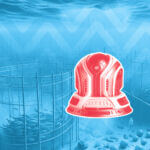
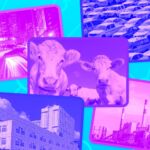
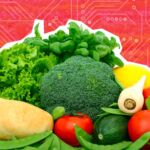

 Related Applications
Related Applications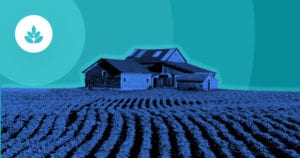

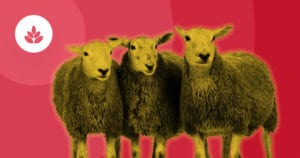

 Latest IoT News
Latest IoT News










